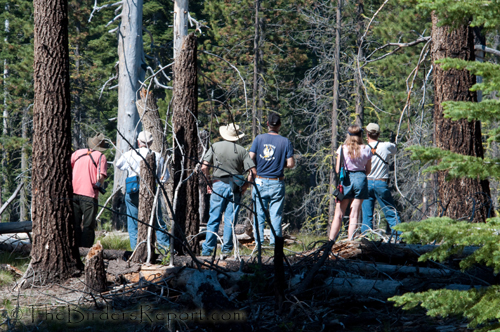
Birdwatchers photos by Larry Jordan
I’m sure many of you have been on a bird watching outing and missed identifying a species because all you saw was the tail end of the bird as it flew away. Or maybe the only view of the bird you were able to see was from below or obscured by tree branches or leaves. I call these butt shots.
If you are a bird photographer, I’m sure you have many of these photographs yourself, perhaps being a bit slow on the trigger or attempting to get in-flight shots. Well, I’ve got plenty of them and I thought it would be fun to have a contest to see who could ID the most butt shots.
The top three correct entries will receive an autographed copy of a great new bird book titled “B is for Bufflehead.” You can check out this book written and photographed by Steve Hutchcraft on a previous post. So let’s get started with the butt shots starting with numbers 1 and 2 from left to right..
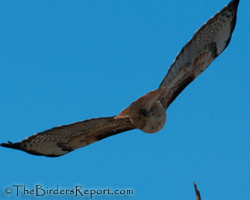
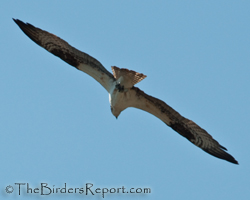
These two birds of prey are often seen soaring overhead and if you learn their underwing markings, they will be easy to identify.
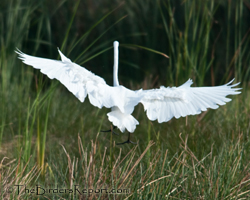
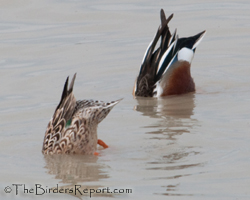
I’m hoping everyone can identify number 4, the bird on the left, and the birds in the photo on the right are a pair of Dabbling Ducks.
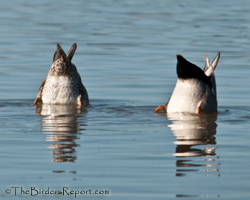
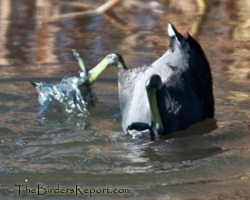
Dabbling Ducks feed by upending in the water to get to the underwater plants. On the left is another pair of common dabblers and on the right, another common water bird, with green legs.
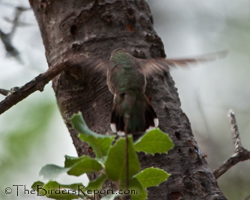
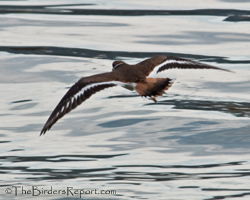
This tiny bird on the left is common on the West Coast and the bird on the right is common all across North America. Is this becoming too easy?
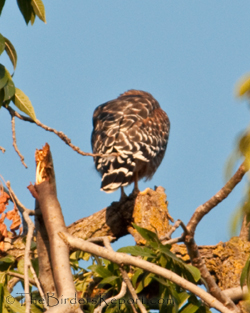
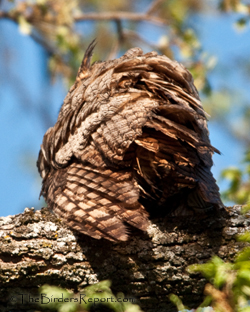
Numbers 9 and 10 are both birds of prey. They are both appropriately named, although you may have an easier time identifying the bird on the left than the one on the right, even though the bird on the right is one of the most common and widespread birds in North America.
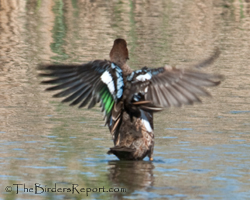
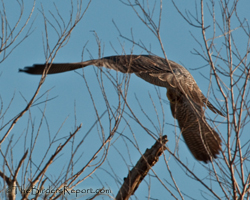
Is it getting a bit more challenging now? This duck on the left (number 11) can be identified by the large blue patches on its forewings. On the right is one of the success stories of the Endangered Species Act.
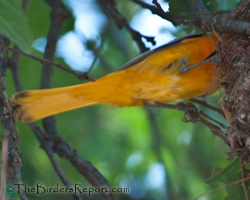
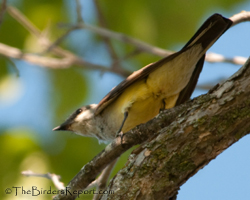
Both of these migratory birds spend their summers in the Western United States. Being orange should help you identify the bird on the left and the bird on the right is showing the narrow white edges on its otherwise black tail.
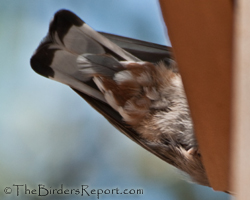
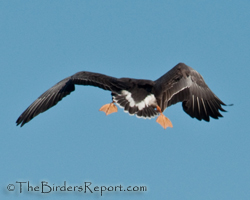
The very energetic bird on the left is the most widespread of its family and is a common visitor to bird feeders. The bird on the right’s identity is given away by the white “V” on its tail and its orange feet.
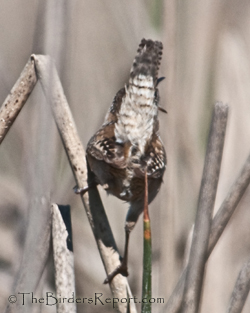
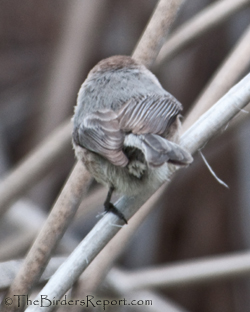
This small marsh dwelling bird on the left often sticks its tail up in the air just like this. The more difficult bird to identify, on the right, lives in the west, is the only member of its family and only the female of the species has yellow eyes.
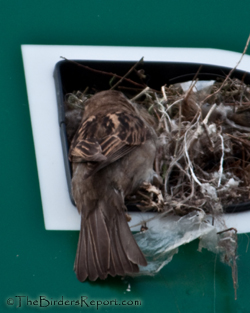
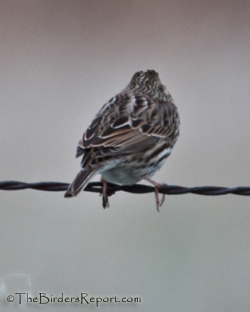
And to round out the butt shots, we have a couple of sparrows. I don’t know about you, but I have trouble identifying some sparrows. They seem so similar to one another. I think many people may know the bird on the left, but if you don’t, you may identify it by its untidy nest.
I saved what I thought was the most difficult bird to identify for last, even though it is a common sparrow across most of North America.
All of these species are found in California which is where they were photographed. To enter the contest for an autographed copy of “B is for Bufflehead” simply send me an email with your ID choices. The three people with the most correct entries win! If there are more than three entries with the same number of correct answers, the person with the earliest entry will be chosen. One entry per person please. The contest ends December 31st at midnight PST.
So, send in some entries! Especially if you have kids or grandkids. This book is great for getting youngsters interested in birds and the photographs are amazing! You have nothing to lose and there are notoriously few people that enter these kind of blog contests anyway. Heck, you might get one of these cool, autographed books with only a few correct answers 😉
Now, go look at some much better bird photos over at Bird Photography Weekly! And check out IATB #115.

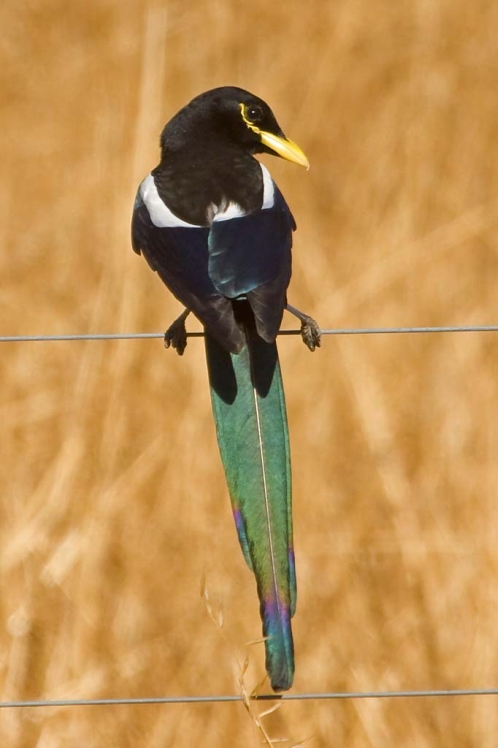
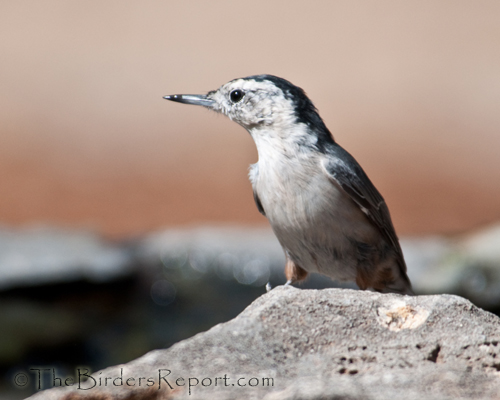





















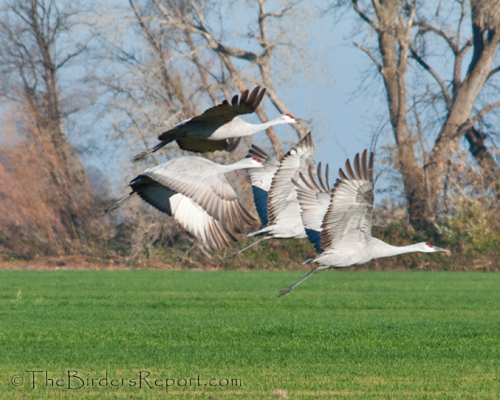
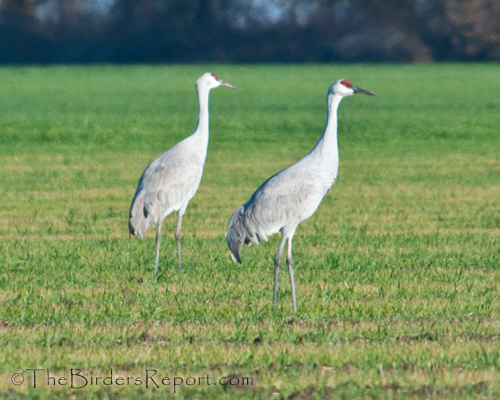
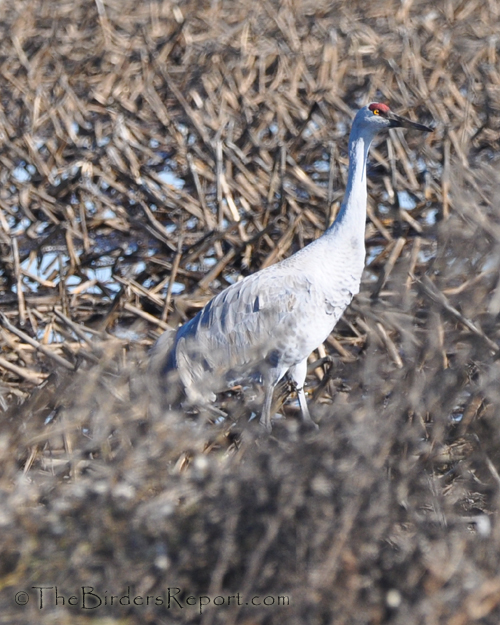



Social Media Connect